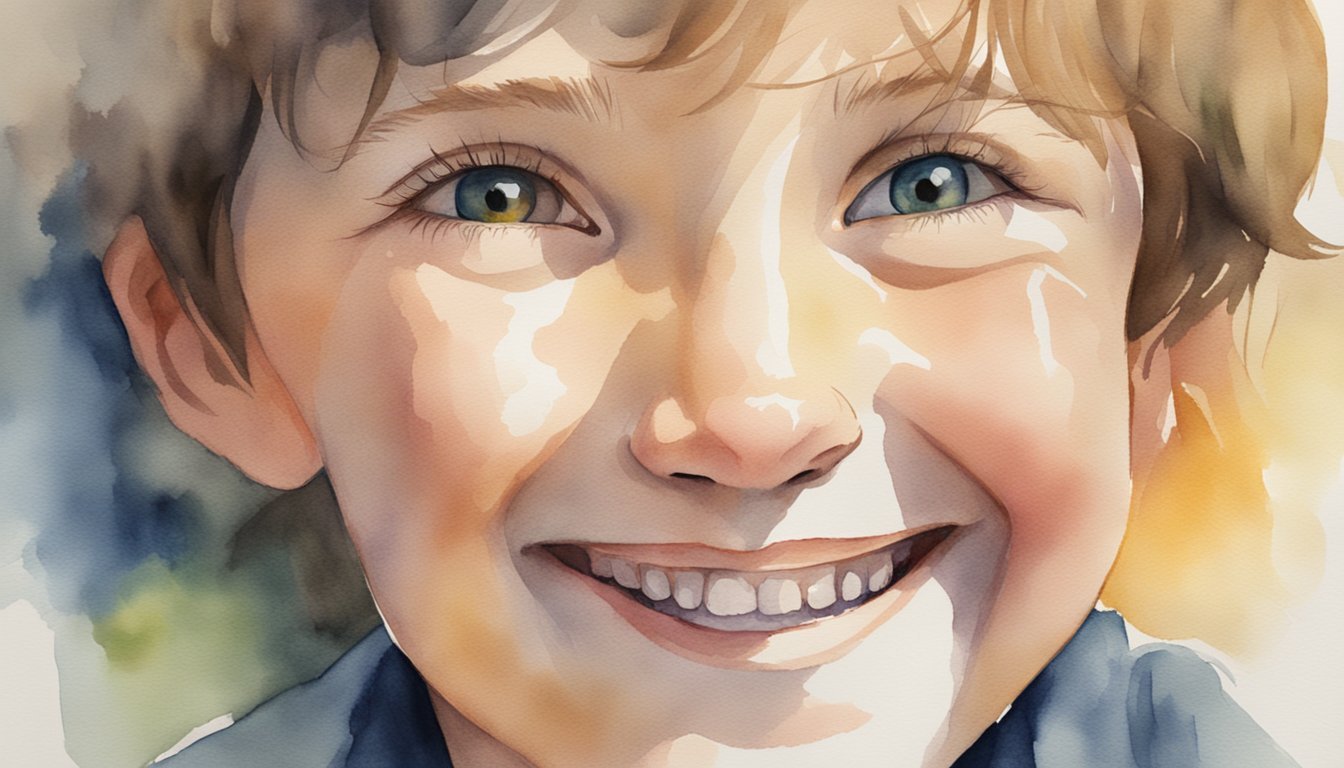Understanding the Duchenne Smile
The Duchenne smile, a true marker of joy and positive emotion, involves specific facial muscles and distinguishes genuine from false smiles.
Defining the Duchenne Smile
The Duchenne smile is characterized by the simultaneous action of the zygomaticus major muscle, which pulls up the corners of the mouth, and the orbicularis oculi muscle, which creates crow’s feet around the eyes. This type of smile reflects a spontaneous, genuine response to pleasure or happiness.
Duchenne Vs. Non-Duchenne Smiles
While a Duchenne smile is associated with real pleasure, non-Duchenne smiles often use only the muscles around the mouth. Non-Duchenne, or fake smiles, lack the engagement of the orbicularis oculi and may serve as polite gestures or social masks rather than expressions of actual enjoyment.
Anatomy of a Smile
Smiling is more than a social signal; it’s a complex action involving numerous facial muscles. The two primary muscles in a Duchenne smile are the zygomaticus major, pulling the corners of the mouth outward, and the orbicularis oculi, which contracts to produce wrinkles around the eyes, suggesting sincerity.
Psychological Perspectives
Psychologically, a Duchenne smile is not just a reflection of current joy, but can also lead to an increase in positive emotion. Authentic smiling has been linked to benefits in mental health and well-being, and even the act of smiling can improve one’s mood.
Cultural and Social Considerations
Culturally, smiles, including the Duchenne variety, can convey a wealth of information and play significant roles in social interactions. Smiles can vary in meaning across cultures, but the Duchenne smile is often seen universally as a sign of genuine happiness and positive emotional expression.
Impacts and Applications of the Duchenne Smile

The Duchenne smile, a genuine expression involving the contraction of specific facial muscles, has widespread impacts and applications. These range from enhancing emotional and physical health to influencing social dynamics and communication.
Emotional and Physical Health
Research suggests that engaging in a Duchenne smile can lead to health benefits such as reduced stress and improved well-being. This type of smile initiates the facial feedback response, potentially lowering heart rate and contributing to stress relief. In one study examining facial expressions, it was found that participants who produced Duchenne smiles experienced an increase in positive emotion, potentially impacting their overall health.
Social Dynamics and Communication
The role of the Duchenne smile in social interaction is quite significant. It can be contagious, spreading from person to person and effectively enhancing empathy among individuals. Being an authentic indicator of positive emotion, it is critical in expressive control and reinforcing social bonds. Guillaume Duchenne, the neurologist after whom the smile is named, highlighted its importance in emotional expression, which continues to influence understandings of human communication.
Recognition and Interpretation
The reliability of the Duchenne smile as an indicator of true happiness has been a subject of study using the Facial Action Coding System (FACS). Through meta-analysis and observational studies, the Duchenne smile’s credibility in conveying genuine joy as opposed to non-Duchenne or “false” smiles has been analyzed, confirming the importance of recognizing this physical response in understanding human emotion.
Technological and Research Implications
In the field of affective computing, the Duchenne smile has been a focal point for developing technologies that can interpret human emotions. These technologies often incorporate algorithms trained to detect nuances in facial expressions, such as the Duchenne smile, to improve human-computer interaction. Additionally, in psychological research, the ability to categorize and operationalize different types of smiles contributes to a deeper understanding of emotional expression and regulation.

